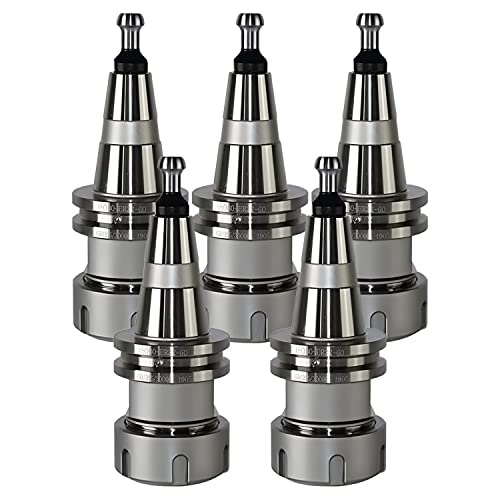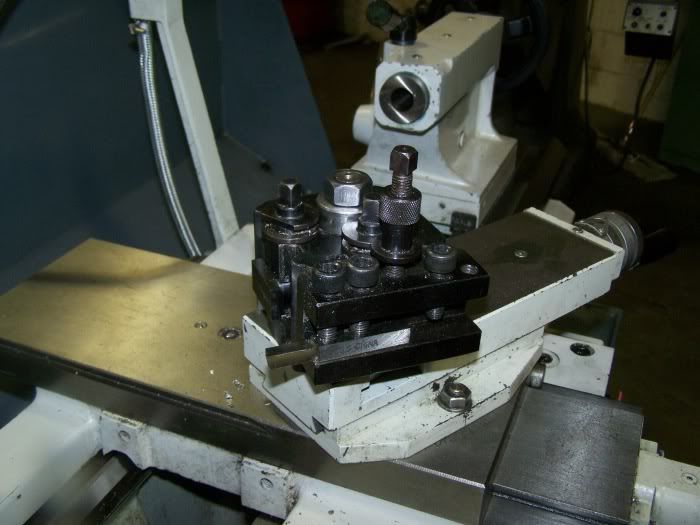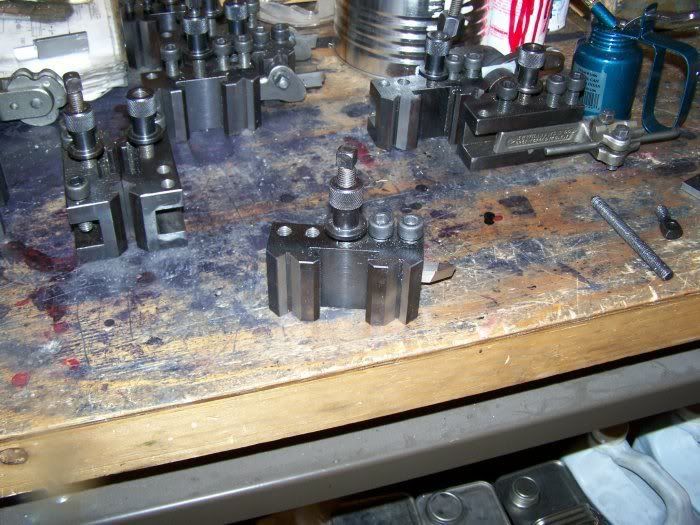Hi all
I'm currently using an 'economy' QCTP like the second one down on this page
http://www.chronos.ltd.uk/acatalog/Chronos_Catalogue_Quick_Change_Toolposts_69.html
Although it does work it's not the best bit of kit on the market - I particularly have problems when parting off, the whole toolholder can move ! As I need some more toolholders I'm thinking I may be better off starting over again and getting something a bit more upmarket.
As I'm in the UK and working on a hobbyist budget the choices are fairly limited but thinking the piston type tool post at the bottom of the same page may be suitable. Does anyone have any experience of these particular models, I'm assuming it's a Chinese import but are they all the same ? Also am I likely to see a decent improvement over the current post or am I going to have to spend even more money
Many Thanks
Jim
I'm currently using an 'economy' QCTP like the second one down on this page
http://www.chronos.ltd.uk/acatalog/Chronos_Catalogue_Quick_Change_Toolposts_69.html
Although it does work it's not the best bit of kit on the market - I particularly have problems when parting off, the whole toolholder can move ! As I need some more toolholders I'm thinking I may be better off starting over again and getting something a bit more upmarket.
As I'm in the UK and working on a hobbyist budget the choices are fairly limited but thinking the piston type tool post at the bottom of the same page may be suitable. Does anyone have any experience of these particular models, I'm assuming it's a Chinese import but are they all the same ? Also am I likely to see a decent improvement over the current post or am I going to have to spend even more money
Many Thanks
Jim































![TurboCAD 2020 Designer [PC Download]](https://m.media-amazon.com/images/I/51UKfAHH1LL._SL500_.jpg)





![DreamPlan Home Design and Landscaping Software Free for Windows [PC Download]](https://m.media-amazon.com/images/I/51kvZH2dVLL._SL500_.jpg)



















![MeshMagic 3D Free 3D Modeling Software [Download]](https://m.media-amazon.com/images/I/B1U+p8ewjGS._SL500_.png)


















